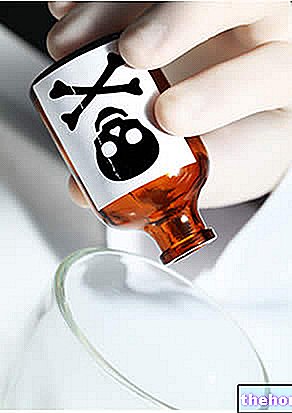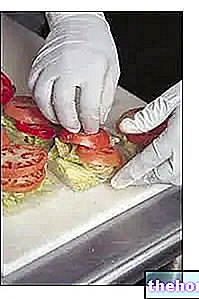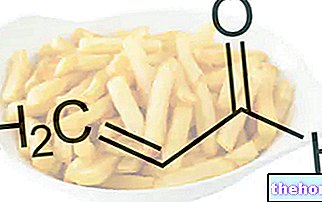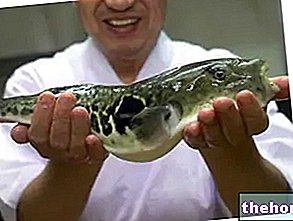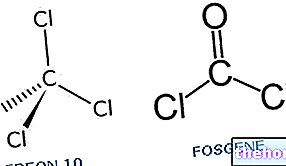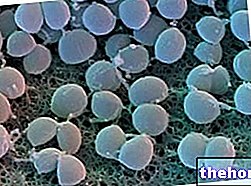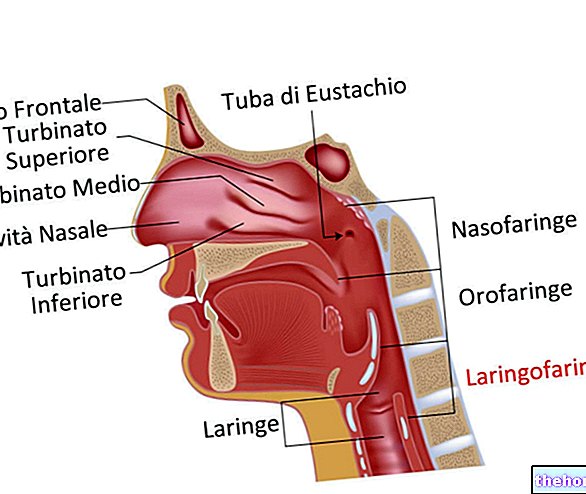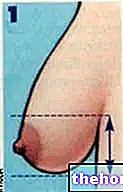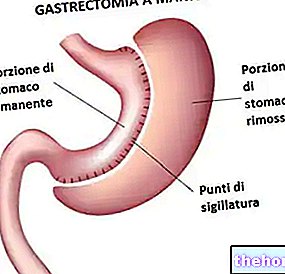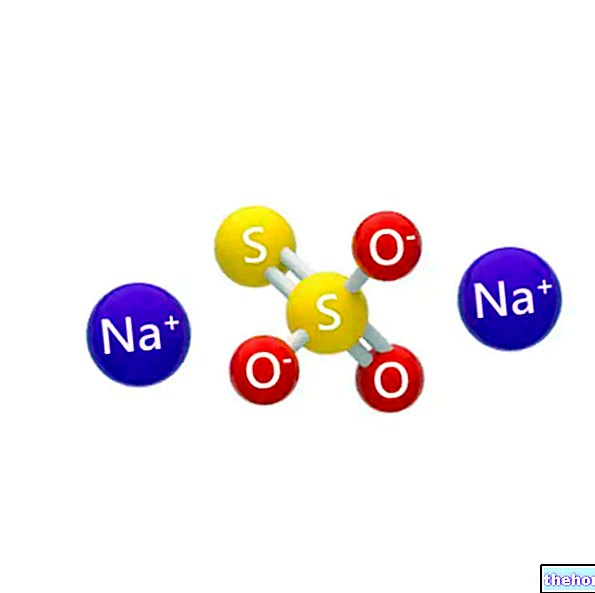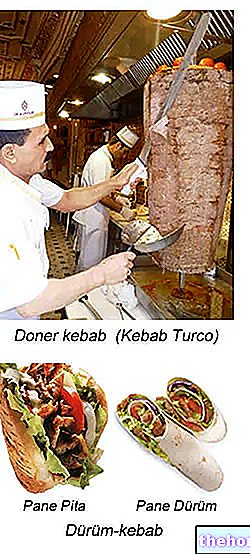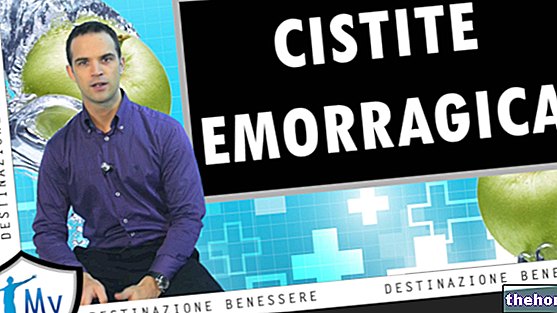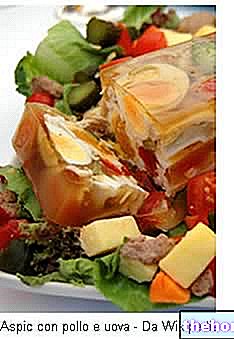
Carcinogenesis is studied with various standardized toxicological tests. A first part of these tests is carried out in vitro, and - if they are positive - we proceed with an in vivo experiment. This experimental step-by-step approach is called DECISION POINT APPROACH, a sequence of trials that stop at the end of each trial to decide how to proceed with the trial. There are five stages:
PHASE A: structure and characteristics of the carcinogenic compound;
PHASEB: in this phase of short-term in vitro tests, mammalian cells are used. The most commonly used cells are hepatocytes, because the extent of the repair to the damage that the hepatocyte develops according to the severity of the damage caused by the substance is studied. In a nutshell, we determine not the damage per se, but how much of the repair system has been activated by the liver cell.
The procedure implemented is to form 3 hepatocyte cultures. In the first culture the hepatocytes are healthy, in the second they are treated with the test substance and finally in the third they are treated with a control substance that is certainly carcinogenic.These three cultures contain a radioactive pyrimidine base, which is tritiated thymidine, which acts as a marker.
If the compound under examination causes a mutation in the DNA, the cell responds to this problem by activating the repair systems. The piece of DNA that has undergone the mutation is cut and thanks to the action of the DNApolymerase the missing piece is replaced with a new one. For the correction, the DNApolymerase uses the new bases, including tritiated thymidine. a radioactive base is incorporated. The radioactivity analysis determines the level of mutation in the treated cells: the higher the radioactivity, the greater the DNA mutations.
Also in phase B tests are also carried out on bacteria, to be able to study if there are any reverse mutations. The bacteria used are salmonellae already carriers of mutations. The mutation concerns the synthesis of histidine, so salmonellae are unable to grow without histidine. These bacterial colonies are partly taken to be treated with the test substance, partly for the negative control and partly for the positive control, then tested with a known carcinogen. If this test substance is an indirect genotoxic, metabolising enzymes must be introduced into the culture medium. At this point there are 3 cultures that will be seeded and grown in petri dishes (there is no histidine in the culture medium). If there have not been any mutations by the carcinogen to be tested, in theory there should be none on the plates. If there was a mutagenic action of the carcinogen, it may have changed the first mutation and created a second mutation capable of growing the bacteria on the histidine-free culture medium. In this case, the second mutation that it modifies the first mutation and takes the name of RETROMUTATION Finally, if a significant growth occurs in the piasta petri, the carcinogen is direct.
Always with an in vitro test it is possible to determine the chromosomal integrity. This test is always carried out on mammalian cells and is used to test toxic substances capable of causing mutations on some enzymes responsible for the biosynthesis of DNA. The substance to be tested is subjected in vitro analysis To be able to determine if the substance under examination affects the integrity and number of chromosomes present, the micronucleus test is used. The micronuclei are vesicles that are formed with a part of the chromatin inside. The chromatin incorporated in these micronuclei could be either whole chromosomes or fragments of chromosomes. The micronuclei are formed by the wrong cell division giving rise to daughter cells with genetic material not equally distributed. The result of this test will be the determination of substances that are defined clastogenic and spindle poisons. The clastogenic substance produces micronuclei with acentric fragments of chromosomes so the substance induces a break in the chromosomes, instead the poison substance of the spindle produces of the micronuclei that inside it are present whole chromosomes.
If the substance under examination induces genotoxicity in one or more tests, this is defined as highly suspicious, so it goes directly to phase D. If, on the other hand, the substance tested does not produce any genotoxic effect, it passes to study phase C because it can be a promoter.
FASEC: in this phase both in vitro and in vivo tests can be performed.
For in vitro tests it could be demonstrated the possibility of the promoter substance to break the gap-junctions between normal cells and tumor cells, with consequent passage of substances between the two cells.
An in vivo test is the induction of skin tumors in mice. The substance to be tested is applied two or three times in a week to the skin of the mouse. Within 2/3 months if this substance is a promoter there may be papilloma formations. In mice, two main data are considered: the number of mice affected by papillomas and the number of papillomas present on each animal. If the substance acts as a promoter and develops a tumor in the treated mouse it means that it is indeed a substance with a promoter effect.
Once these tests are completed, we move on to long-term in vivo tests.
FASED: in this phase all the compounds that prove mutagenic and all the compounds that do not prove mutagenic are tested. The tests that can be performed are different, some of which are tests performed on the liver, on the lung and finally on the breast.
The liver test demonstrates the formation not of a newly formed tumor, but of a neoplastic focus, therefore something that is preparing to become a tumor. The cells of this focus are already atypical cells, therefore they have undergone a mutation and are preparing to become neoplastic cells. After a certain time, thanks to the autopsy examination, the formation of pre-neoplastic focus is determined, by calculating the number and extent of these pre-neoplastic formations.
The lung test allows the determination of an adenoma, which is an "anomaly of the cells of the lung tissue. Also in this case the lung tissue of the rat is examined after a fairly long time (months) (these adenomas are easily identifiable because are whitish nodules on the pulmonary epithelium).
The breast test allows the determination of tumors in the glandular tissue. The number of adenomas formed and the number of animals presenting adenomas are always evaluated.
If there are positive results from these tests the test substance is truly a carcinogen. At this point we move on to conducting expensive tests with very long execution times.
PHASEE: in this phase a variable number of animals, from 20 to 50, are subjected to long-term tests. These tests are very expensive and take a long time to obtain certain results; we speak of about 1/8 of the life of the animal. It is possible that during the process of these tests some animals die, but they are always studied with an autopsy and histological type examination. The animals chosen are always rats and mice and only 70-80% survive until the end of the long-term tests. The animals used are just weaned, as the younger they are, the more sensitive they are to treatments. During the long-term test period, the researcher is always supported by a mathematician-statistician, able to take into account all the information collected and to reproduce the various data.
The doses tested on animals start from the maximum tolerated dose and all its submultiples, and the dose-response reaction in the animal is evaluated.
Administration must always approach the route through which the man can come into contact with the substance under examination, therefore the oral, cutaneous or respiratory route, while if the carcinogenicity of a drug is tested it is also useful to perform intravenous administration.
The groups of animals tested are 4 (50 animals for each group):
- A NAIF group that has no treatment;
- A group treated with the vehicle;
- A group treated with the test substance;
- A group treated with a known carcinogen.
It is very important that the number of animals in each group is as equal as possible. In fact, if there is too much difference in the number of animals, the statistical test may turn out to be bogus.
The evaluations that are carried out are:
- Total frequency of tumors;
- Frequency of some tumors;
- Frequency of animals with more than one type of tumor;
- Number of animal cancers.
At the end of all these study phases, the substance is classified in a ranking established by the IARC (International Agency for Research and Development on Cancer) and by the Environmental Protection Agency (EPA).
Other articles on "Carcinogenesis Study and Evaluation"
- Carcinogenesis
- Toxicity and toxicology
- Reproductive cycle toxicology and teratogenesis

